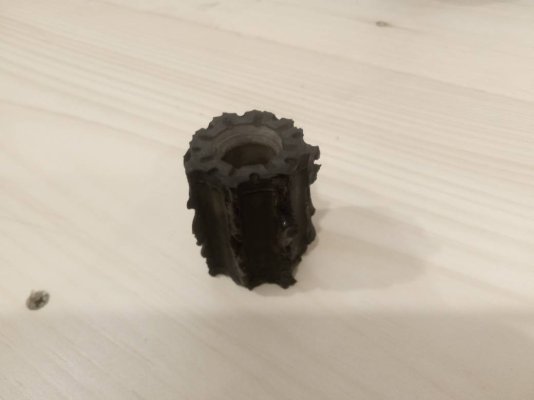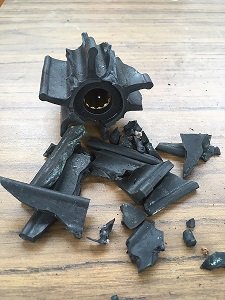Lou_tribal
Guru
Today we went to the boat to winterize the engine. I started the engine and began to pour the antifreeze in the raw water strainer... 2 minutes later the strainer was not emptying anymore while the engine was running?????
Stopped the engine and decided to check the pump impeller and found this:

Quite happy to have found this on the ground and not in the middle of a cruise!
Today has been my first impeller replacement, quite a PIA and more if I have to do this in the water so I will replace it every spring from now on!
L
Stopped the engine and decided to check the pump impeller and found this:

Quite happy to have found this on the ground and not in the middle of a cruise!
Today has been my first impeller replacement, quite a PIA and more if I have to do this in the water so I will replace it every spring from now on!
L


